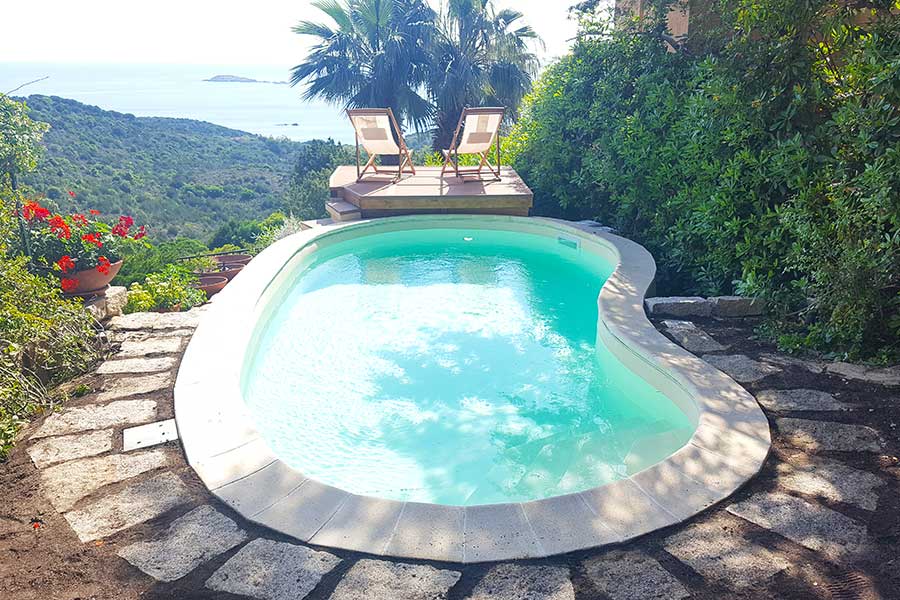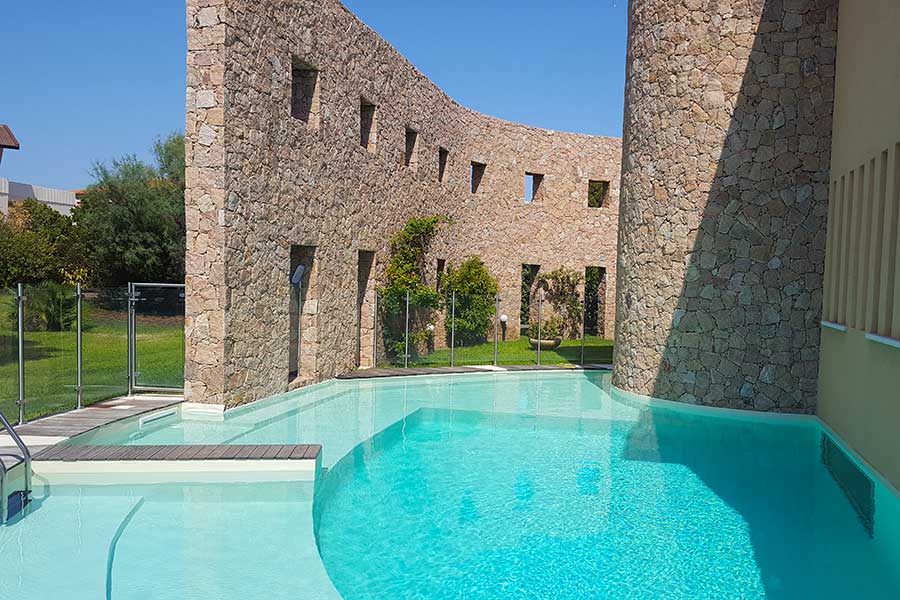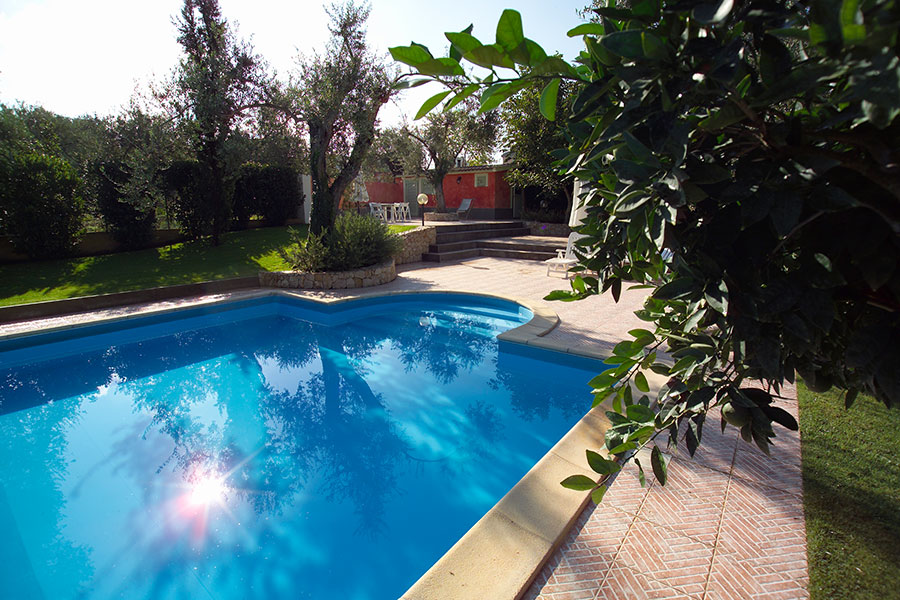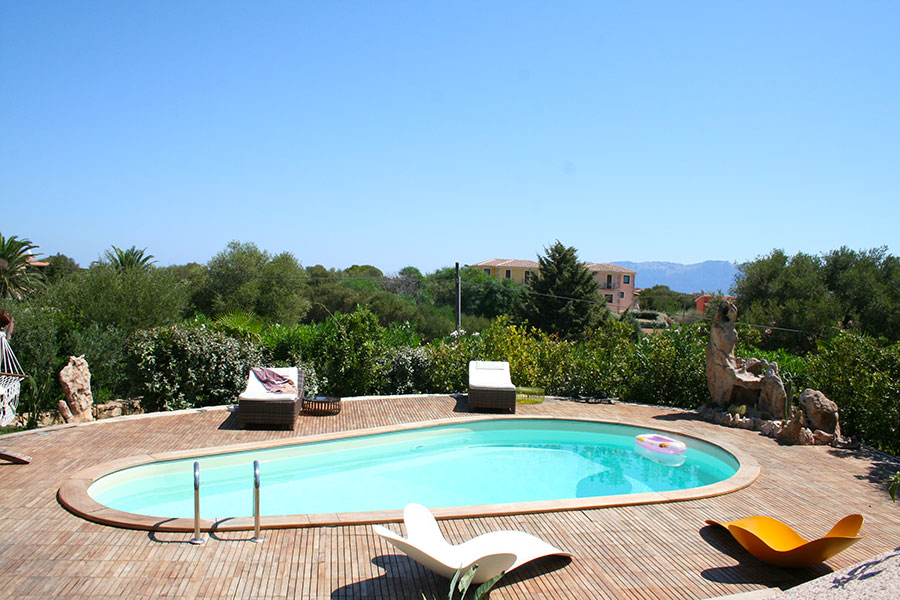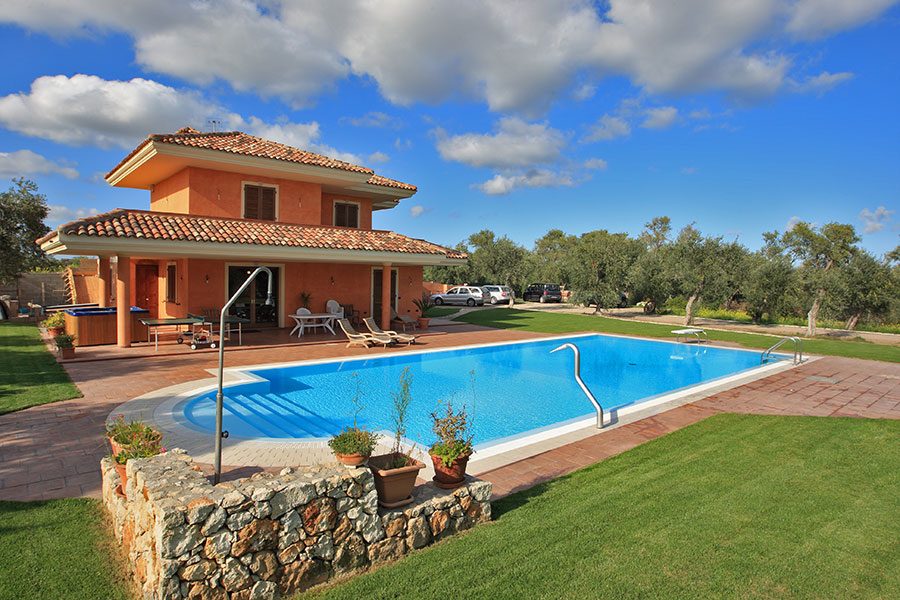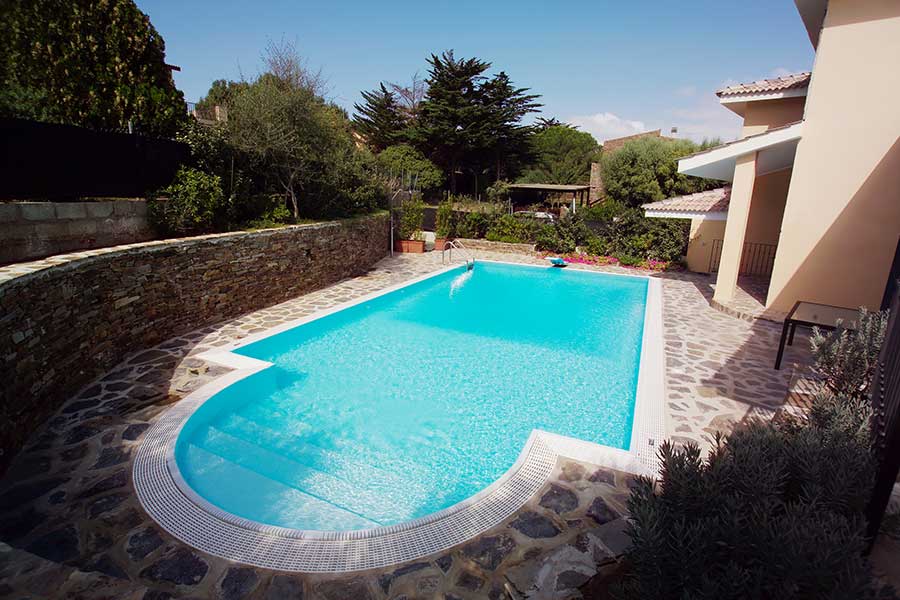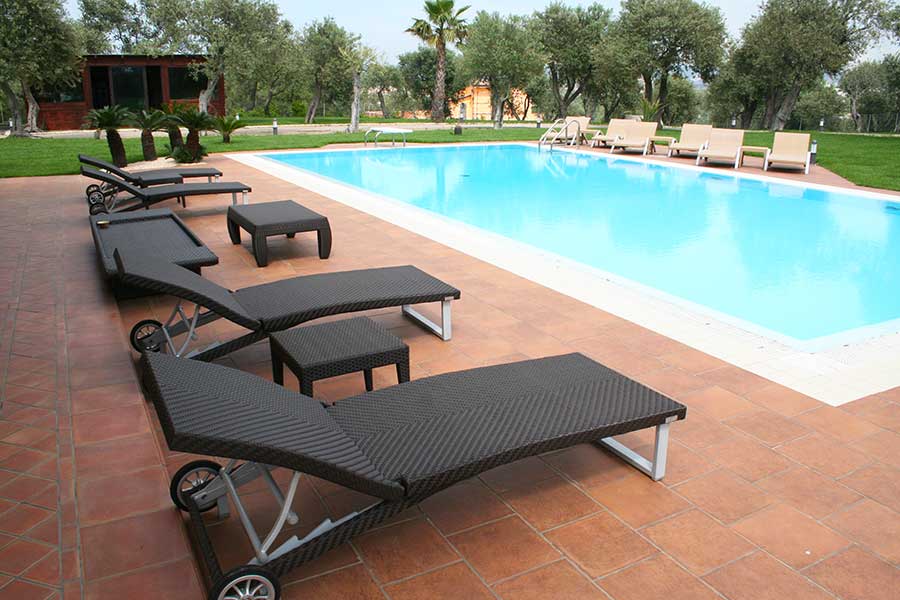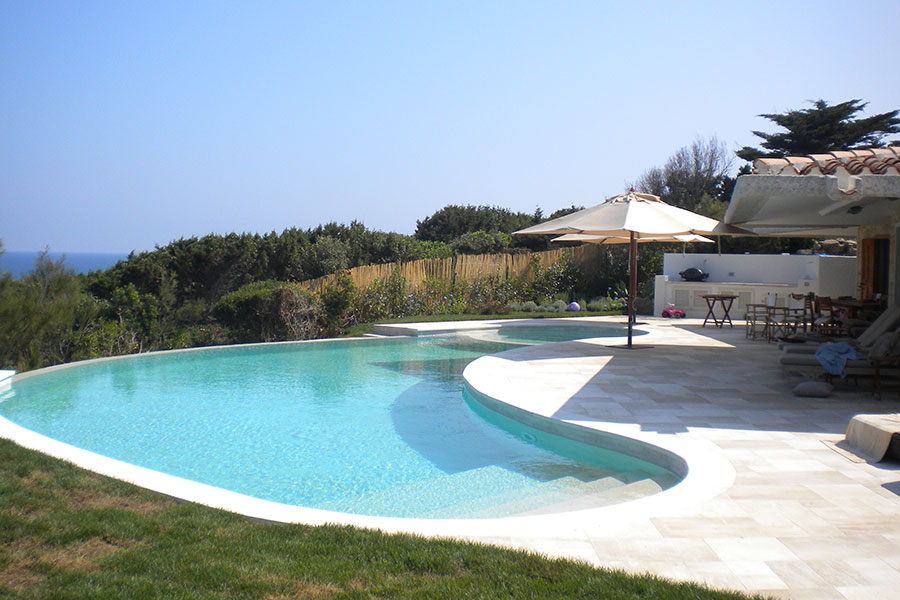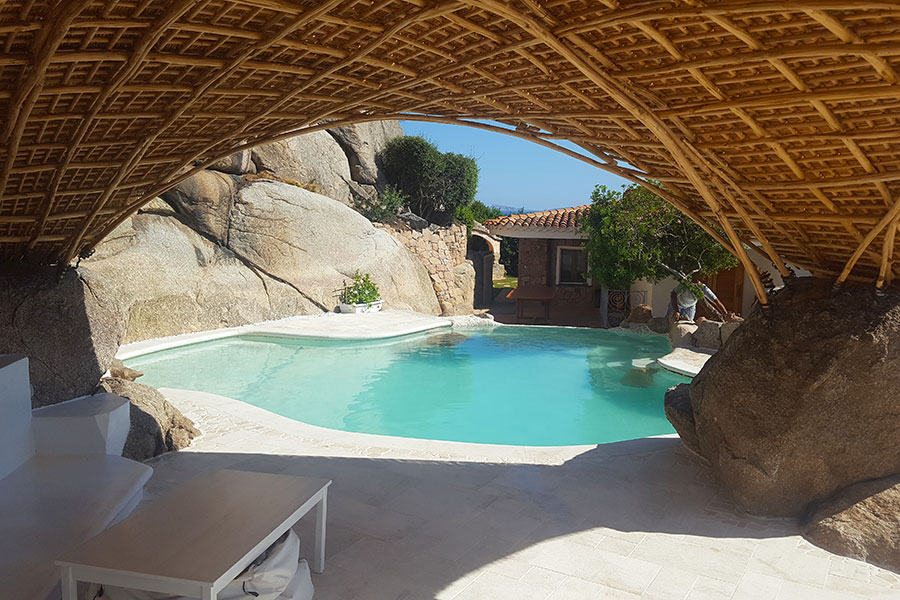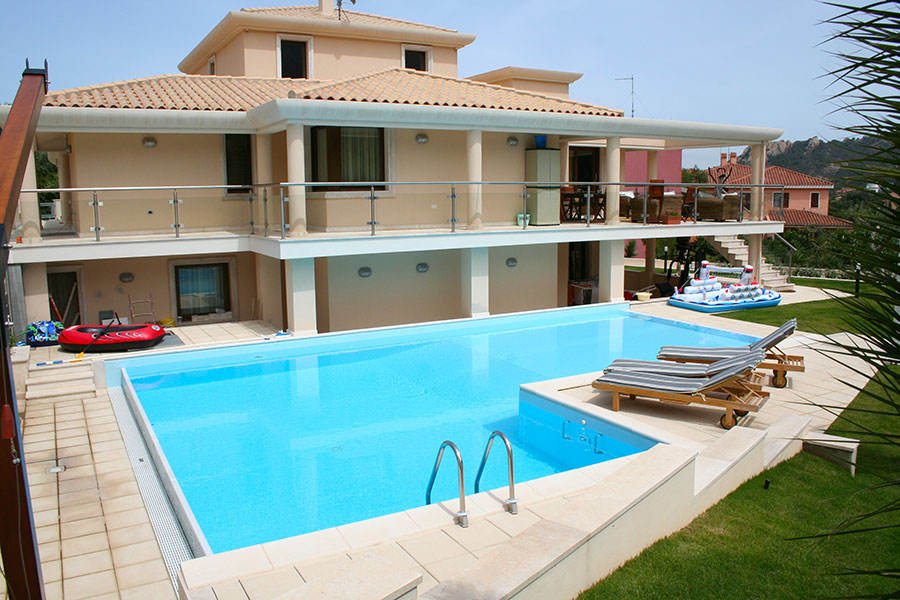Water Filtration Plants
This section will help you to know more about how swimming pools are made. Discover the different ways of how a swimming pool can be built, in order to more specifically target your purchase. “Take a dive” into the different sections of this page and you will find useful information to make your choice easier.
In addition to the pool, each swimming pool is made with a water filtration and recirculation system. The recirculation system functions to remove water from the pool and pass it through filtration. After disinfection, the clean water flows back into the pool.
To evaluate a good system (certain for the correct use of the swimming pool), it is necessary to take into consideration some fundamental elements:
- Recirculation time: The water in a swimming pool is replaced at most once a season, therefore it must be filtered and disinfected constantly. A good system performs complete water recirculation within 4 to 5 hours.
- Water distribution in the pool: To ensure a homogeneous exchange of water, the best system to use is one with multiple inlet and suction vents, evenly distributed in the pool in order to avoid possible stagnation areas.
- Filtration speed: Filtration speed is a crucial factor for the purification quality. In fact, the slower the water passes through the filter, the better the filtration process it will undergo. The ideal parameter involves water’s passage into the filter system at a speed not exceeding 30 m / h (cubic meters per hour for each square meter of filtering surface).
- Arrangement of the recirculation accessories: The correct and uniform distribution (according to the principles of hydrodynamics) of vents and skimmers has an important influence on the degree of cleanliness of the water. For this reason, they must be positioned in an optimal way and in sufficient numbers, which ensures a perfect and homogeneous filtration of the whole water in the pool.
Below are the main and the most efficient recirculation systems for a swimming pool.
SKIMMER
The most practical and economical system for cleaning water is the skimmer.
Skimmers are integrated windows along the upper edge of the pool, they draw water from the surface and pass it through a suction pump to the sand filter. After appropriate addition of chlorine or other disinfectants, the filtered water flows back through the valves to the pool return lines. This is a very simple and economic system; therefore, it is so popular, especially for residential swimming pools. However, it requires greater care and attention to avoid stagnation areas and the risk that leaves of trees or other floating objects are not quickly eliminated from the surface of the water. There is also a less aesthetic effect to it, due to the distance between the edge of the pool and the water level, which is (12-15 cm).
INFINITY EDGE
Optimal hygiene and refined “mirror” effect.
In the overflow system, the water of the pool flows into the perimeter channel and from there it pours into a “balancing tank.” From here the water is aspirated into the filtration system and led back into the pool. It is the best system, both from a hygienic-functional and aesthetic point of view. In fact, to continuously overflow the water into the overflow channel is the most suitable solution to remove organic residues (dust, insects, leaves) that are floating on the surface of the water as quickly as possible. Furthermore, with the infinity system, the water remains at the same level as the surrounding flooring, creating a “mirror” effect of great visual impact. Therefore, swimming in an infinity edge pool means feeling completely immersed in the surrounding environment, without limits to the visual field.
OVERFLOW WATERFALL
A spectacular immersion in the landscape.
The cascade overflow is a very scenic variant of the overflow edge, especially indicated in cases of degrading land with suggestive panoramas, such as the sea. The cantilevered overflow with overflow edge on the external side of the pool allows a real opening on the sky and on the surrounding landscape, with the suggestive visual effect due to the merging of the water with the horizon line.
INTEGRATED OVERFLOW CASTIGLIONE SWIMMING POOLS
The top of technology in its most accessible form.
The infinity pool is a more complex system and more expensive than the skimmer one. A luxury now more affordable for everyone, thanks to the innovative integrated infinity technology of “Piscine Castiglione.” In fact, the combination of a technical room and a prefabricated compensation pool, buried in the garden, allows you to avoid costly and complex masonry works, as well as simplifying and considerably reducing costs.
Also, a brief summary of the filtration systems currently on the market:
- Mineral bed filters (quartz sand, glass granules): they represent the most used filtration system both in public and private swimming pools. This is due to the numerous advantages they offer, including: good level of purification, easy maintenance, long life, wide time interval between one cleaning and another, robustness and simplicity, and excellent value for money. In particular, the use of filter systems composed of glass particles is constantly growing, although it is more expensive.
- Diatomaceous earth filters (diatomaceous earth): They have excellent filtering efficiency thanks to the fineness of the flour and its high power to retain all the impurities. On the other hand, however, they require a decidedly more complicated system of use and maintenance which makes them less appreciated in Italy.
- Cartridge filters: Filtration takes place by means of a cylindrical cartridge based on cellulose and polyamide. They have good filtering efficiency, low initial cost and simpler hydraulic circuit, but they have the disadvantage of getting dirty very early. Therefore, they require greater frequency and higher maintenance costs. This is in addition to the inconvenience of having to use specific types of disinfectant products for cleaning the water. For this reason, they are best suited to be used in small pools, especially in the pools above ground or for children, or in SPA.

